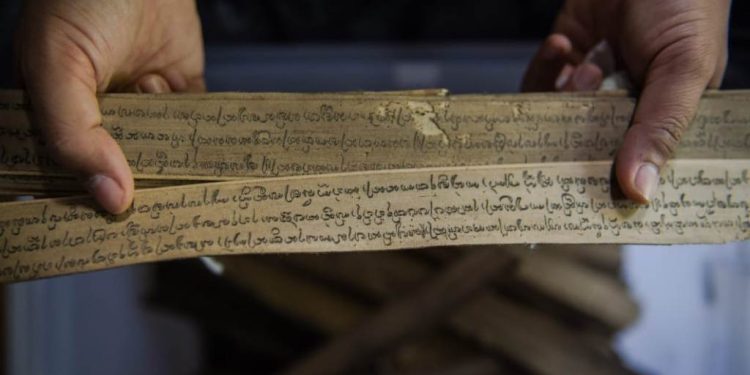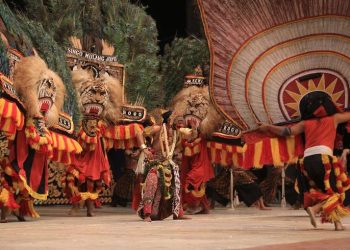Bandung, Indonesia Sentinel — The Rajah Sunda, an ancient mystical symbol from the Sundanese culture of West Java, Indonesia, holds profound spiritual and cultural significance. This sacred emblem, often inscribed on amulets, textiles, or sacred objects, is revered for its protective powers and deep philosophical meanings rooted in Sundanese cosmology.
Historical Origins
The term “rajah” refers to mystical inscriptions or symbols believed to carry supernatural powers. The Rajah Sunda likely emerged during the era of the Sunda Kingdom (7th to 16th centuries), a powerful polity that thrived in West Java. Its designs were influenced by Hindu-Buddhist spiritual practices, which later intertwined with local animistic beliefs and, eventually, Islamic mysticism.
Symbolic Elements and Spiritual Philosophy
At its core, the Rajah Sunda embodies the Sundanese philosophy of “Tri Tangtu di Buana,” representing the harmonious balance between three realms:
- Buana Nyungcung (Upper World): Symbolizing the spiritual realm, divine guidance, and enlightenment. It reflects humanity’s connection to the sacred and the cosmos.
- Buana Tengah (Middle World): Representing the earthly realm where humans reside, embodying moral values, social harmony, and the pursuit of knowledge.
- Buana Larang (Underworld): Depicting the hidden forces of nature, ancestral spirits, and the subconscious mind. It reminds one of the duality in life—light and darkness, good and evil.
The Rajah Sunda’s intricate patterns often feature geometric shapes, sacred scripts, and symbolic motifs like circles (eternity), triangles (balance), and lines (pathways of energy). Each element is meticulously crafted to channel protective energy, spiritual wisdom, and inner strength.
Protective Power and Ritual Usage
Traditionally, the Rajah Sunda is used as a talisman to ward off evil spirits, negative energies, and misfortunes. Shamans, spiritual leaders, or “ajengan” would bless these symbols through rituals involving prayers, mantras, and offerings, infusing them with metaphysical power.
People carry Rajah Sunda inscriptions as personal amulets, embed them in household items, or even tattoo them on their bodies to maintain spiritual protection, courage, and good fortune. It is believed that the rajah’s power strengthens when the bearer practices ethical living, gratitude, and mindfulness.
Philosophical Reflections
Beyond its protective role, the Rajah Sunda invites contemplation of life’s deeper truths. It teaches the importance of:
- Balance: Recognizing the interconnectedness of the spiritual, physical, and subconscious realms.
- Resilience: Drawing strength from ancestral wisdom and inner virtues.
- Harmony: Living in accordance with natural laws and respecting all forms of life.
Read Also:
Borobudur Temple Named Among World’s Most Wonderful Places of Worship
Modern Interpretations
In contemporary Indonesia, the Rajah Sunda is not only a cultural artifact but also a symbol of identity and pride. Artists, tattoo enthusiasts, and spiritual practitioners continue to reinterpret its designs, blending traditional aesthetics with modern expressions. Its enduring appeal lies in its timeless message of protection, balance, and the eternal quest for spiritual harmony.
(Becky)
























